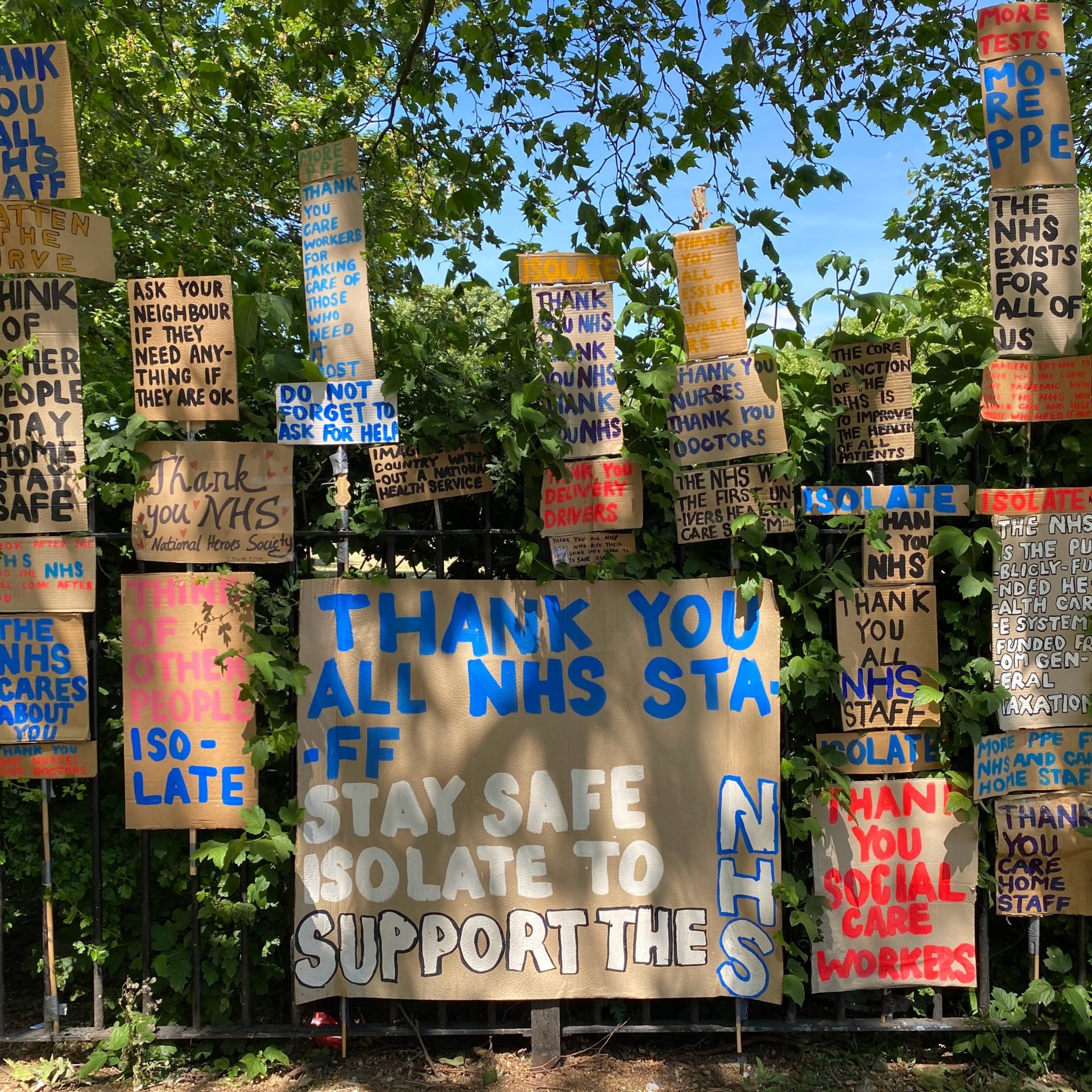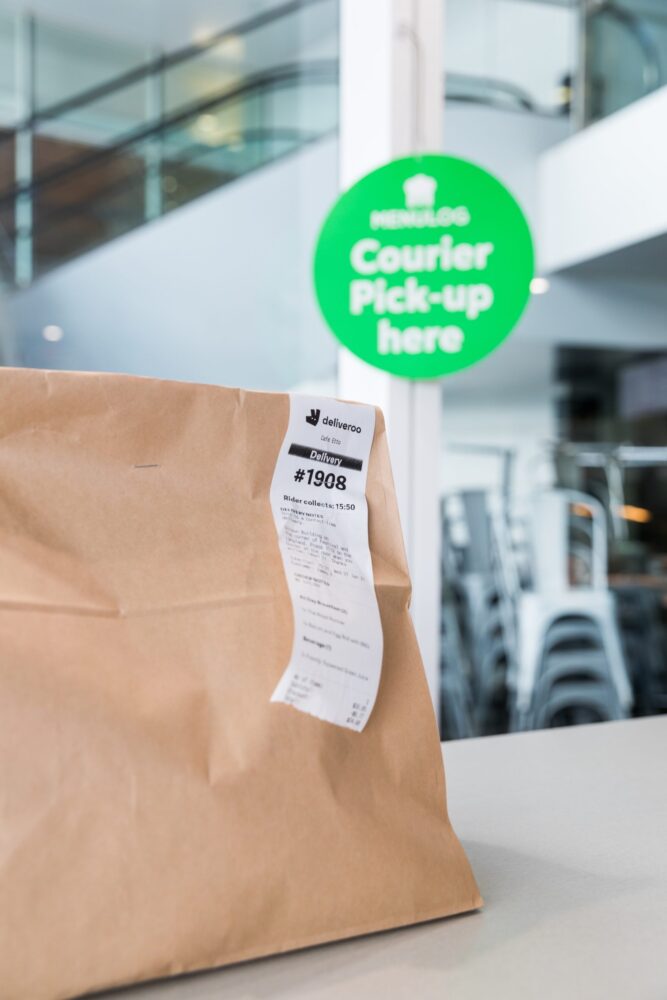
As daily deaths and hospital admissions for COVID-19 continue to fall, the NHS is turning its thoughts to how to ‘reset’.
A fifth (22%) say they would definitely be willing to pay additional income tax or national insurance to further fund the NHS
This morning, NHS Confederation released its #NHSReset report which explores how to manage the next stage of providing healthcare for the population. Some of the factors identified in the report include:
- Starting to safely work through the backlog of treatments for those on waiting lists, estimated to be at 10 million by the end of the year
- Safely balancing Covid-19 patients and non-Covid-19 patients
- And of course, funding
So how can the NHS best tackle these challenges?
Public hesitancy to access healthcare services
One of the first barriers to overcome is reassuring the public that it is safe to access healthcare. Government data showed a huge drop in A&E admissions during the crisis, leading to a public communication campaign to encourage people to attend if they felt unwell. This is seen in data from our COVID-19 tracker in which a third (34%) of the population said they would delay treatment if they felt ill with non-coronavirus related symptoms.
Our data also shows a fifth (23%) of those who reported feeling ill (with non-coronavirus symptoms) delayed getting help for longer than usual due to the crisis, and a similar proportion (18%) who felt ill without coronavirus symptoms but did not seek help at all due to the crisis.
This has significant health implications, as more people may have died from conditions like strokes or heart attacks or may have exacerbated or developed long term conditions by not accessing treatment. The ONS reports that 12,900 of the 46,380 excess deaths registered between 7th March and 1st May 2020 did not involve the coronavirus (COVID-19).
So how to change public attitudes to encourage them to access services again?
One way, seen in hospitals and GP surgeries, is to set up ‘hot’ and ‘cold’ sites such as this hospital in Nottingham. Cancer patients requiring treatment were sent to a separate site, with no COVID-19 patients. This is reported as making patients feel safer.
Funding the next steps
Another challenge is how to fund the changes required. Public polling over many years has covered the appetite for further funding for the NHS, ring fencing, and ongoing debates over its privatisation. Back In 2014, we found that half (49%) of people would be prepared to pay more tax to help fund the health service, one in three (33%) people said they would not be ready to do so, and 18% did not know either way.
More recent data from our COVID-19 trackers shows similar levels of support for further funding to the support the NHS:
- A fifth (22%) say they would definitely be willing to pay additional income tax or national insurance to further fund the NHS
- A quarter (26%) say they probably would
This implies that the coronavirus crisis has done little to sway the public’s willingness to open their pockets to give more money to support the NHS.
Whether or not the Government takes action on this remains to be seen but supporting our vital health and care services in the months and years to come should be top of the agenda.





